
Adsata Eyetracking for the web
Adsata: is webcam-based eyetracking data mature enough to give reliable insights?


“If we know where a pilot is looking, we do not necessarily know what he(or she) is thinking, but we know something of what he(or she)is thinking about.” -Fitts et. al. 1950
the process of capturing the gaze location within a display,
Eye tracking
extensively used in usability studies, psychology, human-computer interaction, and marketing.
The Problem w/ Eyetracking Hardware
1. The setup and operation of modern eye trackers is time-consuming
2. A specialist is needed to calibrate them and be present throughout the experiment
3. This leads to highly-controlled user studies with artificial tasks and only a small number of participants
4. Their steep price, which rises to tens of thousands of dollars/euros, restricts their use to labs that can afford them




The Solution...
democratize eye tracking by using common webcams already present in laptops and desktops.
1. These contributions make eye tracking accessible to everyday users, researchers, and developers.
2. Traditional eye tracking studies that are confined to labs can now
be performed remotely and at scale.
3. Subjects can participate in studies in their everyday environments
which can yield a more naturalistic behavior and lead to more powerful insights.
4. Make eye tracking affordable.Learning from past...
Learning from past...
How do we collect data?
//BROWSER -- demo.adsata.com
{
"timestamp": 91778.10499997577,
"x": 447.13958123568386,
"y": 295.2291818763661,
"label": ""
},



JSON sent to DB

Replay/visualise/analyse data
A note on accuracy

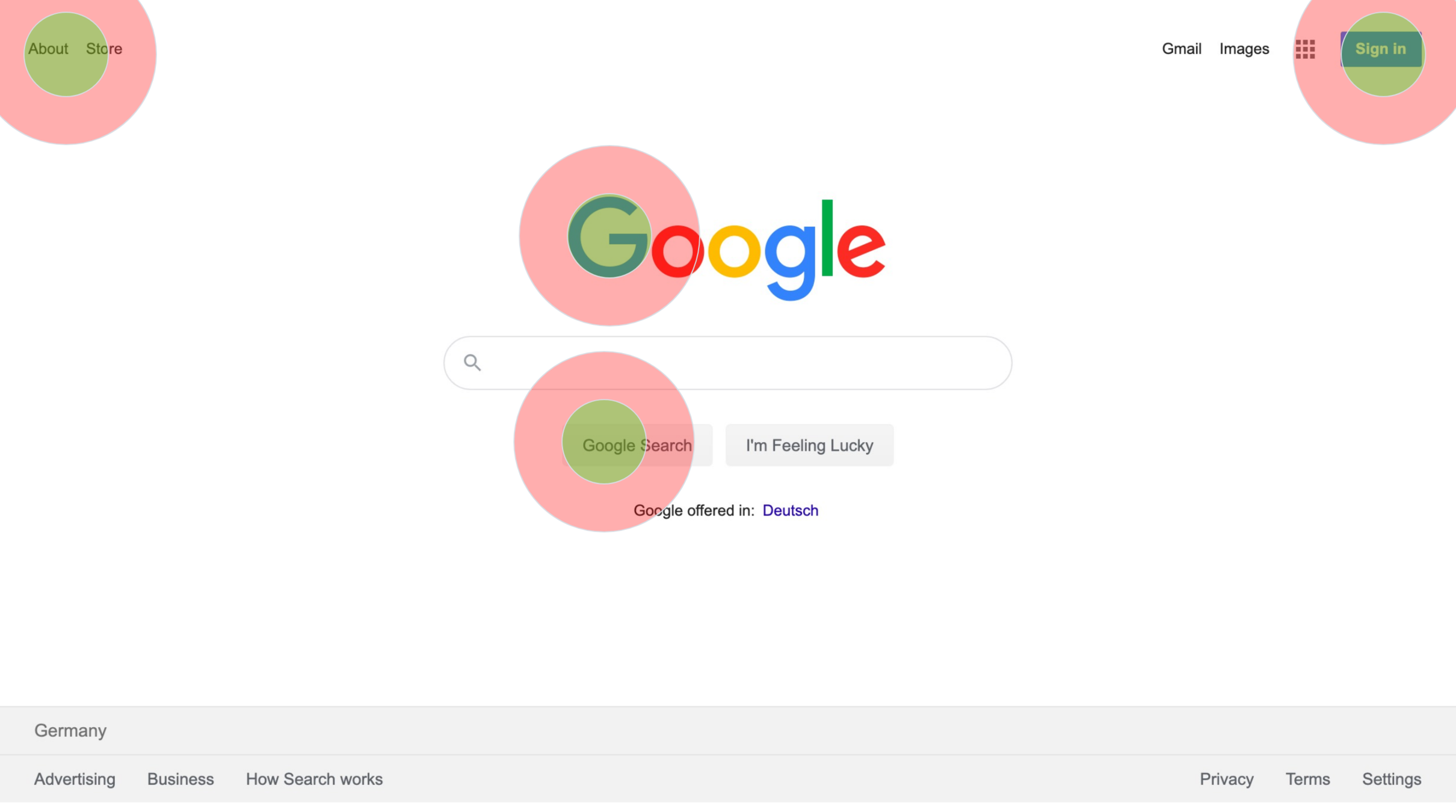
w: 786 px
Visual interaction w/ the screen

Figure 2: Gaze points are spatially and temporally aggregated into fixations (20-50 pxls). Fixations are connected by saccades and have a certain duration represented by the radius. A temporal order of fixations is a gaze, however, only if the fixations are within an AOI. An AOI is a region of specific interest on the stimulus. A saccade from one AOI to the next is called a transition. A complete sequence of fixations and saccades is called a scanpath.
(Blascheck, T. et al., 2014)
Let's do a study?demo.adsata.com
Next stop
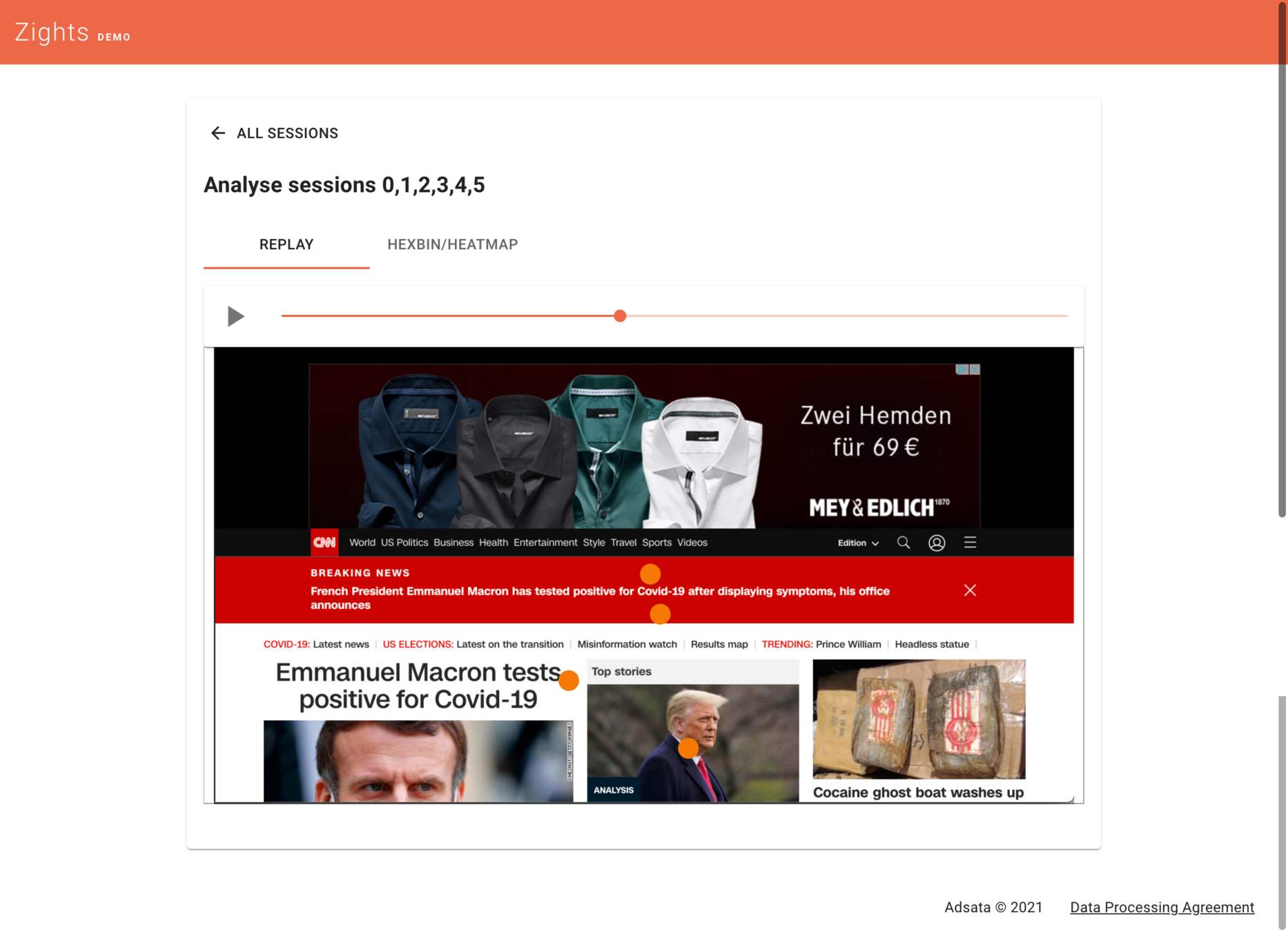
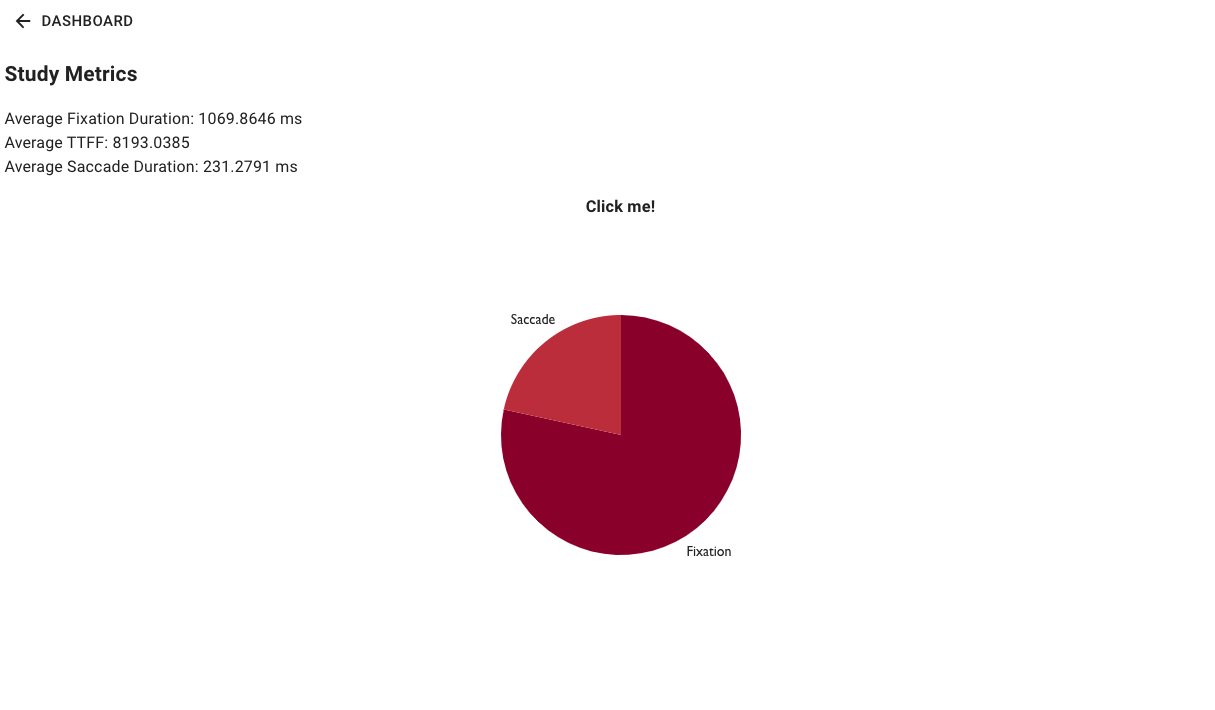
Fixation Metrics

ML Fixation Classification
Next stop
Scrollable Images and Websites
But that's not it...

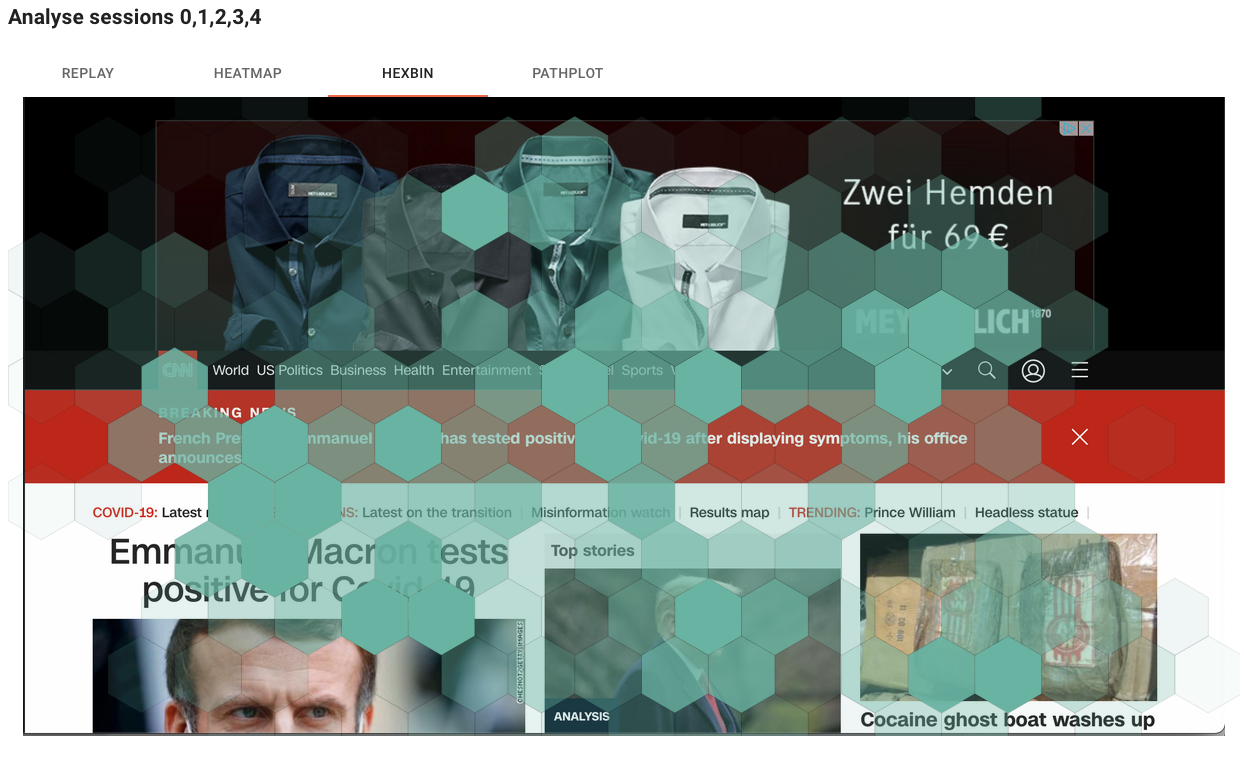
Hexbins:
-
Radius control --> Allow you to look at your data at different scales
-
Hexbins have edges, showing clearer boundaries in comparison to heatmaps
But that's not it...

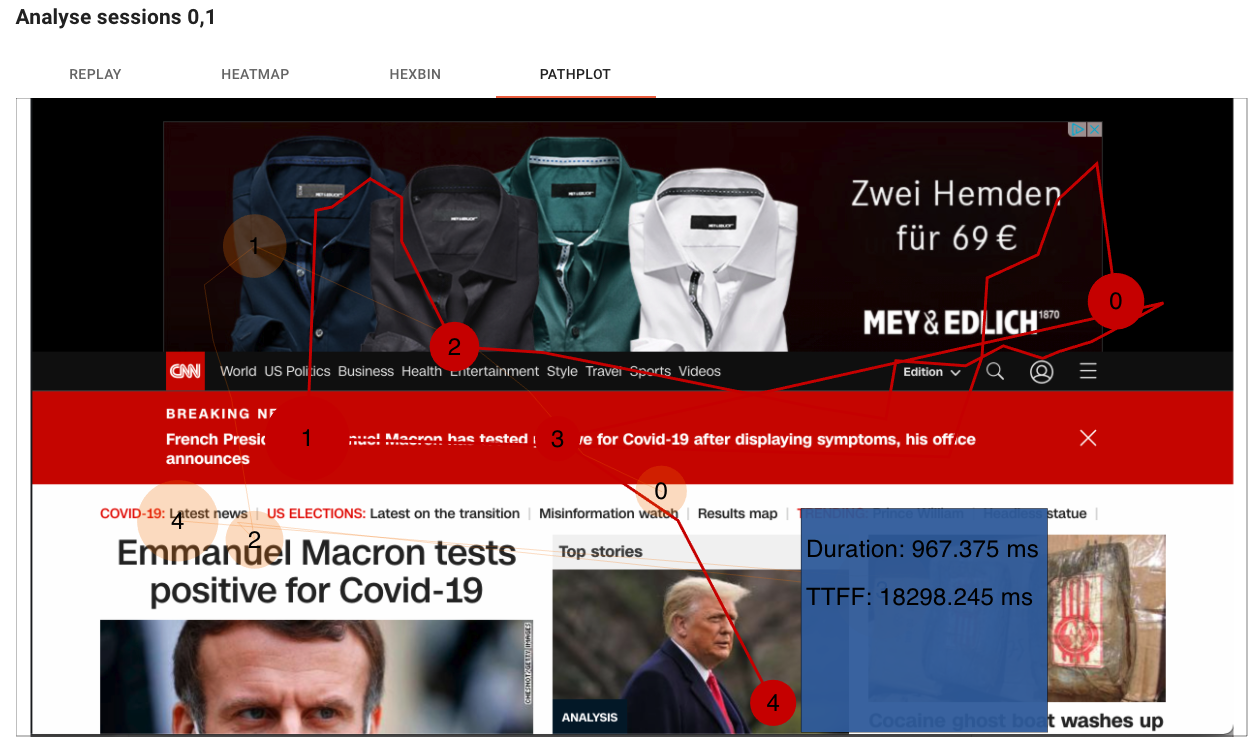
Path Plots:
-
See what path your users take and how long they spend on each part of the path
ippen-adsata
By taimurhk
ippen-adsata
12.02.21
- 153



